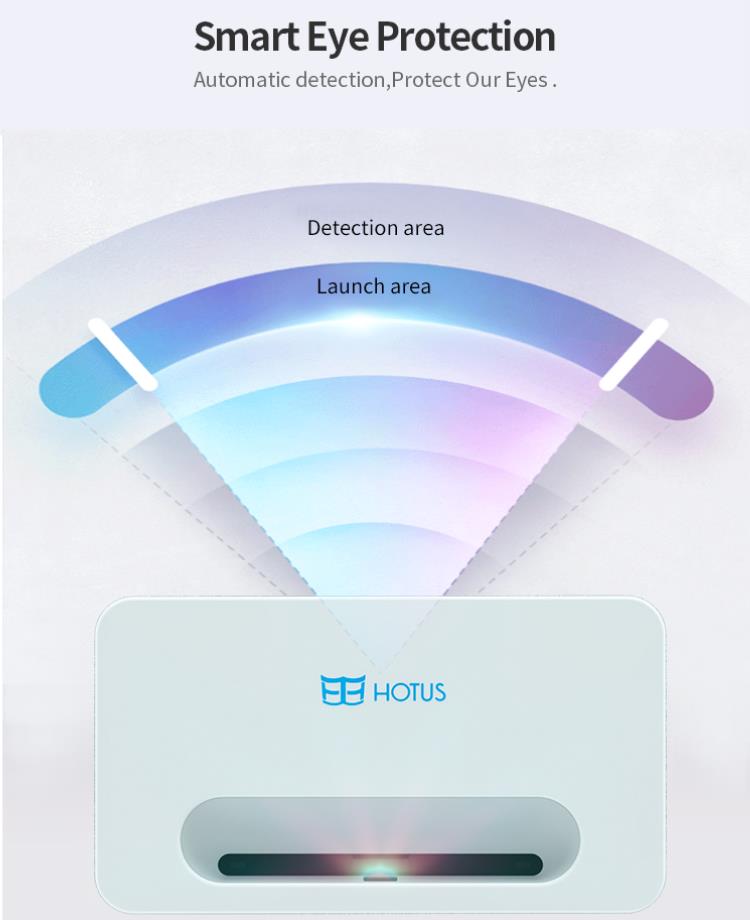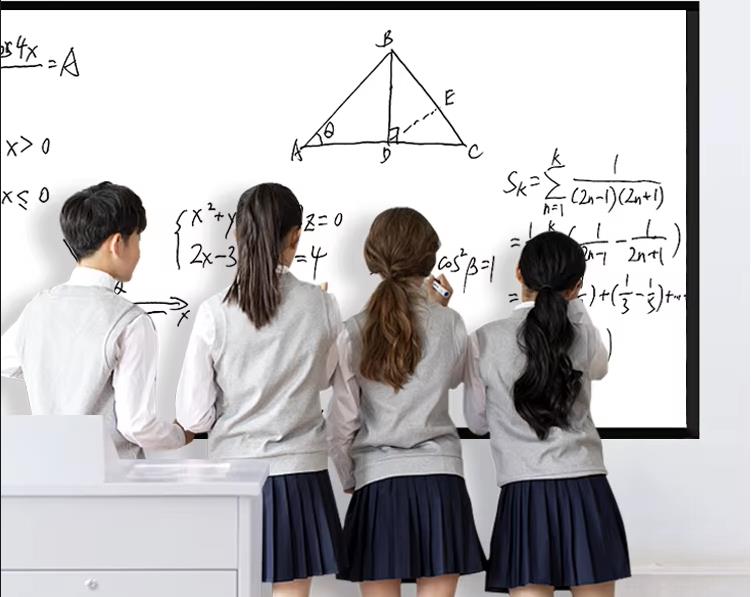- Select Language
Explore an innovative Personal Digital Assistant f...
Recently, the topic "electronic screens harm kids' eyesight" has been trending on social media, and many parents are deeply concerned. With low refresh rates and strong blue light emissions, these screens can severely damage children's eyesight. Spending long hours staring at these "invisible killers," kids often suffer from eye fatigue and declining vision.
However, protecting eyesight isn't just about limiting screen time. It's more about choosing the right display device. More and more schools are realizing that electronic screens and televisions are not the best solution.
Compared to the direct light emitted by electronic screens, projectorsuse diffuse reflection to create images. The light is soft and non-glaring, which greatly reduces eye strain. This principle already makes a significant difference in protecting children's eyes.
What's more, modern educational projectors can reach brightness levels of 3000 lumens or more. Even with daylight coming through the windows, the images remain clear and visible, without needing to turn off the lights or close the curtains. Children can watch comfortably, and teachers can teach without worrying about eye strain.
Additionally, many high-end projectors come with smart eye protection features that automatically adjust the brightness based on the surrounding light conditions, ensuring the light intensity is not too harsh. This provides an extra layer of protection for children's eyesight, allowing them to see clearly, comfortably, and for longer periods.

You might be wondering if projectors are too expensive. The answer is no. Compared to an electronic screen that costs thousands of dollars, high-performance educational projectors are much more affordable and have low maintenance costs. They're perfect for large-scale deployment in schools.
Moreover, modern smart projectors can replace traditional blackboards and electronic whiteboards. They support writing, erasing, and touch interactions, allowing teachers and students to interact directly on the projected image. This makes the classroom more lively and engaging, boosting students' interest in learning.

Protecting eyesight shouldn't just be the responsibility of parents. It should be a top consideration when selecting school equipment. If there's a more eye-friendly and effective way to teach, why continue to expose children to the risks of electronic screens?
Perhaps it's time to seriously consider replacing electronic screens and televisions in schools with smart, eye-friendly projectors.
Don't let your child's future be blurred by a screen. Let technology be warm and beneficial, from “seeing clearly” to “seeing healthily.”